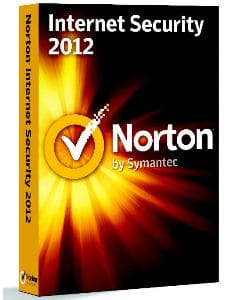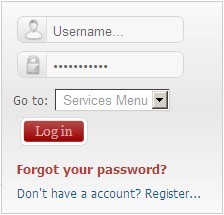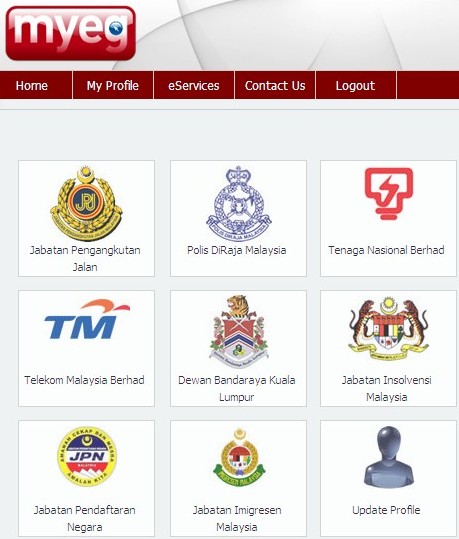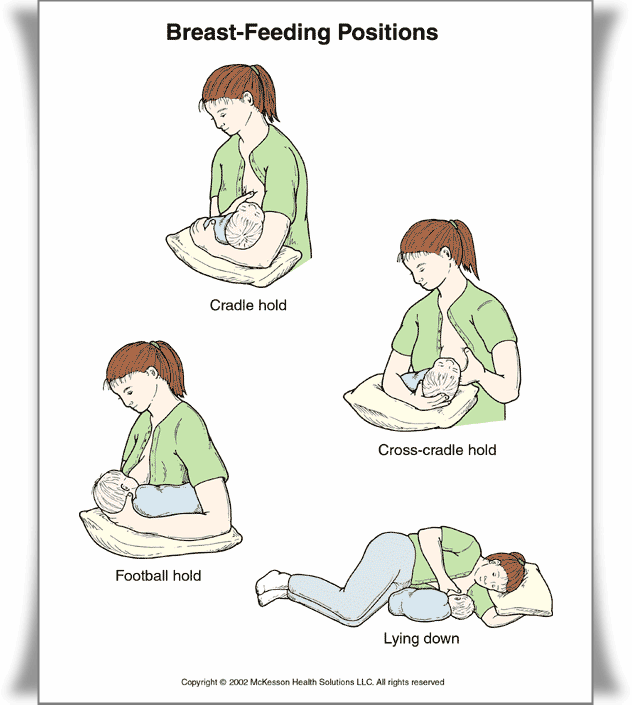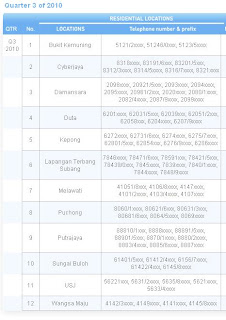Intro
Windows 8 is the codename for the next version of the Microsoft Windows computer operating system following Windows 7. It has many changes from previous versions. In particular it adds support for ARM microprocessors in addition to the previously supported x86 microprocessors from Intel and AMD. A new Metro-style interface has been added that was designed for touchscreen input in addition to mouse, keyboard, and pen input. Its server version is codenamed Windows Server 8. Microsoft has not announced a specific release date for Windows 8.Feature
Windows 8 will contain a new user interface based on Microsoft's design language Metro. The Metro environment will feature a new tile-based Start screen similar to the Windows Phone smartphone operating system, which will contain shortcuts to both normal "desktop" applications and new Metro style applications which will be oriented more towards use on touchscreen devices such as tablets, and dynamically updating "live tiles" which can display information on the Start screen. These applications will also be able to push notifications and share information between other applications.
The classic desktop (similar to Windows 7) will still be available for non-Metro applications, and can be switched between at any time. However, the Start button on the "Developer Preview" build opens the Start screen instead of the Start menu, and recent leaked builds leading up to the "Consumer Preview" build revealed that the Start button had been removed entirely, in favor of a hotspot in the bottom-left corner.
Applications for the Metro environment will be available through the "Windows Store", an online distribution platform.
Metro applications are developed with the new Windows Runtime platform using various programming languages; including C++, Visual Basic, C#, and HTML/Javascript. Metro applications will also be cross-compatible with both x86 systems and ARM-based Windows systems. Metro applications will be packaged in the "AppX" format. and Open Packaging Conventions.
Windows 8 will also include Internet Explorer 10, which will be available in a stripped-down version for use within the Metro environment that will not support plugins or ActiveX components, and a normal "desktop" version which resembles Internet Explorer 9.
A new authentication method will allow users to sketch in three different places over the picture to login, instead of typing a password. Additionally, user accounts may be linked with a Windows Live ID, allowing the user's profile to be synchronized over the internet and accessible from other computers running the operating system. Additionally, the system will provide integration with the SkyDrive service, which provides 25GB of online storage to Windows Live users.
Windows Explorer has also gained new functionality, including a new ribbon toolbar, and a redesigned file operation progress dialog which provides more detailed statistics, the ability to pause file transfers, and improvements in the ability to manage conflicts when copying files.
A new "Hybrid Boot" option that uses "advanced hibernation functionality" on shutdown to allow faster startup times.
Windows To Go will allow Windows 8 to be run from a bootable USB device (such as a flash drive). It is intended for enterprise administrators to provide users with a Windows 8 image that reflects the corporate desktop; pricing and licensing details were not discussed when the feature was announced.
There will also be two integrated recovery functions, Refresh and Reset, which both make a complete restore easier than a re-installation. The former keeps all the settings and files of the user intact and only reverses all changes to Windows files to their original state while removing all installed programs and apps. The latter deletes all files and effectively re-installs Windows, but without any additional user input such as agreeing to license agreements or selecting a hard disk required. After a reset completes, the user will be asked for the product key and will then proceed to account creation.
Among other features, Windows 8 is also expected to include native USB 3.0 support, a new lock screen, as well as a setting to automatically adjust window color to fit the wallpaper.
Download Torrent
http://adf.ly/5i8Z0





